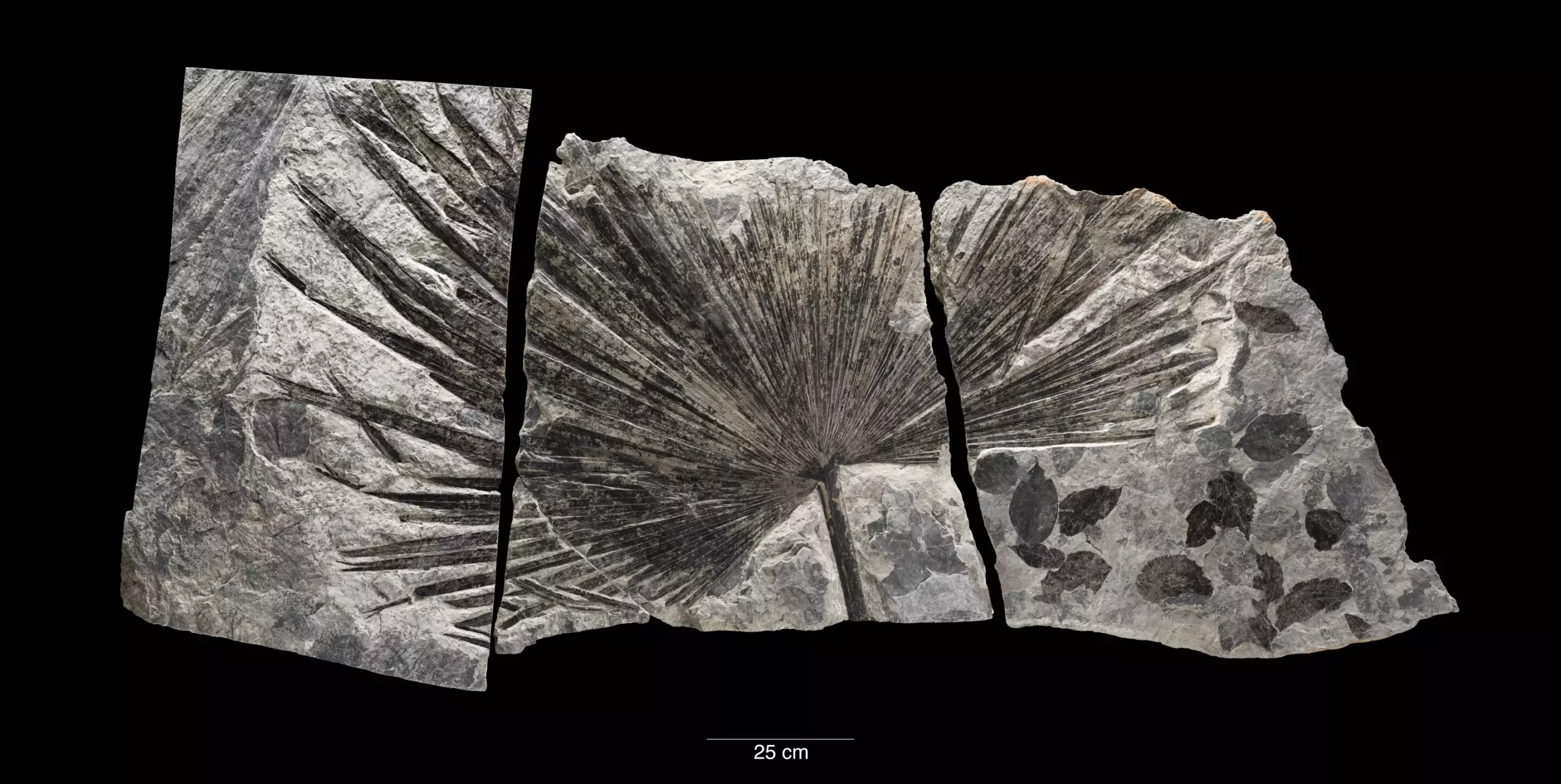Understanding the historical climate of Earth serves as a critical foundation for contemplating our current environment and predicting future changes. Recently, a significant study spearheaded by a collaboration between the Smithsonian Institution and the University of Arizona has shed new light on the evolution of Earth’s surface temperature over the past 485 million years. By analyzing global mean surface temperature (GMST) fluctuations across different epochs, researchers have revealed both the variability and consistency within Earth’s climatic history.
At the core of the study lies an innovative method called data assimilation. This technique, originally designed for weather forecasting, merges geological data and climate models to reconstruct historical climatic conditions. By combining temperatures derived from fossilized shells with various climate simulations, researchers created a comprehensive temperature curve that spans the entirety of the Phanerozoic Eon, a period characterized by the complex evolution of life on Earth. Emily Judd, a leading author of the study, emphasized that their approach allows researchers to “hindcast” ancient climates, enhancing our understanding of how temperature has changed through geological time.
The research illustrates that during the Phanerozoic Eon, spanning approximately 540 million years, Earth’s temperatures fluctuated more drastically than previously understood, ranging between 52°F and 97°F (11°C to 36°C). Key findings indicate a direct correlation between temperature and atmospheric carbon dioxide levels; elevated CO2 concentrations typically coincide with warm periods, while lower levels correspond to cooler climates. This vital connection highlights carbon dioxide’s long-established influence as a primary driver of climatic shifts across geological epochs.
The implications of this research resonate profoundly with the phenomenon of modern climate change. The current GMST of about 59°F (15°C) places today’s climate in a cooler bracket compared to much of our planet’s history. However, the alarming rate of current anthropogenic emissions is catalyzing a rapid increase in temperature, unparalleled by any previous period in the Phanerozoic. This relentless pace of warming heightens the risk for many species and ecosystems, with potential parallels to mass extinction events witnessed in Earth’s distant past.
As elucidated by researcher Jessica Tierney, past episodes of rapid climate change were closely linked to mass extinction events. This reinforces the necessity to comprehend historical temperature trends to better anticipate the repercussions of current warming trends. The study posits that human adaptations to a cooler climate may leave modern ecosystems vulnerable to the impending shifts brought on by increasing greenhouse gas concentrations.
The collaborative nature of this study aligns with ongoing efforts at the Smithsonian to enhance fossil displays by contextualizing them within Earth’s climatic story. The PhanTASTIC project, which synthesizes a plethora of data, reflects a broader aim: unearthing ancient climates to inform our understanding of contemporary environmental challenges. Researchers expect that as new fossil data emerges and analytical methodologies improve, this temperature curve will undergo further refinements.
Ultimately, the revelations drawn from this groundbreaking research not only challenge existing narratives regarding Earth’s climatic history but also present a stark reminder of the pressing environmental issues we face today. As researchers continue to refine our understanding of climate dynamics over deep time, the lessons extracted broaden our perspective on the fragility of our planet’s ecosystems. This ongoing dialogue between historical data and contemporary environmental science is crucial for navigating the complexities of climate change in the 21st century and beyond.


Leave a Reply